Introduction
In the dynamic field of human capital development, two methodologies emerge as pillars of progress: Training and coaching. Delving into the distinction between training and coaching becomes crucial as organizations increasingly value talent cultivation. Join us on a journey to explore the subtle yet significant differences between these approaches, unravelling their distinct characteristics, applications, and potential.
Defining The Difference Between Training and Coaching

Training: Guiding the Path to Proficiency
What is the difference between training and coaching? Training is akin to laying the groundwork for excellence. It encompasses structured programs designed to impart specific skills, knowledge, and competencies to individuals or groups. From technical skills to soft skills, training equips participants with the tools they need to thrive in their roles.
Coaching: The Art of Personalized Growth
What is the difference between training and coaching? unlike training’s structured approach, coaching embraces a more personalized and flexible methodology. It delves into individual needs, aspirations, and challenges, fostering holistic development and unlocking untapped potential. Through one-on-one interactions, coaches provide guidance, support, and feedback tailored to each individual’s journey.
Key Differences Between Training and Coaching

Focus and Purpose: Sharpening the Lens
Training focuses on skill acquisition and knowledge transfer, aiming to meet predetermined objectives. Conversely, coaching prioritizes individualized development, honing in on personal growth and performance improvement.
Structure and Duration: Finding the Right Fit
Training often follows a structured curriculum with predefined durations, catering to groups of participants. In contrast, coaching adapts to the individual’s pace and needs, with sessions varying in frequency and duration.
Relationship Dynamics: Forging Connections
Training fosters a group dynamic, with instructors leading the learning process. On the other hand, coaching thrives on a deep, one-on-one relationship between coach and coachee, fostering trust, openness, and vulnerability.
Outcome Orientation: Measuring Success
Training emphasizes quantifiable outcomes and standardized evaluations, making it easier to gauge progress. In contrast, coaching focuses on subjective growth and qualitative feedback, delving into the nuances of personal development.
Application Scenarios

When to Use Training: Building Foundations
Training excels in scenarios requiring standardized skill acquisition, such as onboarding new employees, implementing new processes, or disseminating essential knowledge across an organization.
When to Use Coaching: Cultivating Excellence
Coaching shines in situations demanding personalized development, such as leadership development, performance improvement, or addressing specific challenges faced by individuals or teams.
Synergies between Training and Coaching

Harnessing the Power of Collaboration
While distinct in their methodologies, training and coaching are not mutually exclusive. Instead, they complement each other, forming a symbiotic relationship that amplifies the impact of human capital development initiatives.
Integration for Comprehensive Growth
By integrating training and coaching into comprehensive development programs, organizations can create holistic learning experiences that cater to diverse needs, foster continuous growth, and drive sustainable success.
7 Common Points of Coaching and Training
- Goal Setting: Both coaching and training emphasize the importance of setting clear and achievable goals to guide the development process effectively.
- Effective Communication: Both processes require open, clear, and effective communication between the coach/trainer and the individual or group being coached/trained to ensure understanding and alignment.
- Feedback: Both coaching and training involve providing feedback to individuals, whether it’s constructive criticism or positive reinforcement, to facilitate learning and improvement.
- Accountability: Both coaching and training promote accountability and responsibility, encouraging individuals to take ownership of their development and progress towards their goals.
- Motivation and Encouragement: Both processes recognize the significance of motivation and encouragement in sustaining progress and commitment towards personal and professional growth.
- Continuous Learning: Both coaching and training advocate for continuous learning and adaptation to change, helping individuals stay relevant and competitive in their respective fields.
- Adaptation to Change: Both coaching and training acknowledge the importance of adapting to changes in the environment, industry, or personal circumstances, to ensure ongoing success and development.
Conclusion
As organizations navigate the ever-evolving landscape of human capital development, understanding the nuances of training and coaching emerges as a strategic imperative. By embracing the distinct strengths of each approach and harnessing their synergies, organizations can unlock the full potential of their talent, driving innovation, resilience, and growth in an increasingly competitive world. Let us embark on this journey together, empowering individuals, transforming organizations, and shaping a brighter future for all.
Related Articles:




